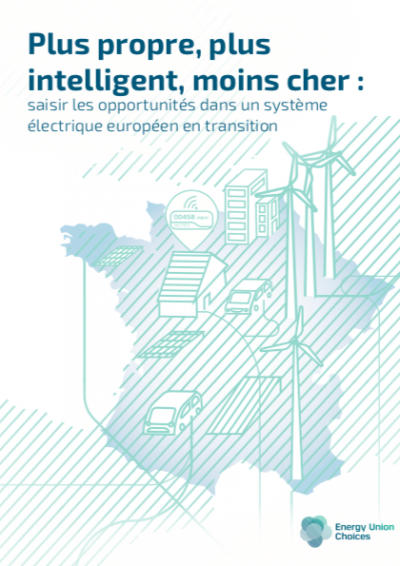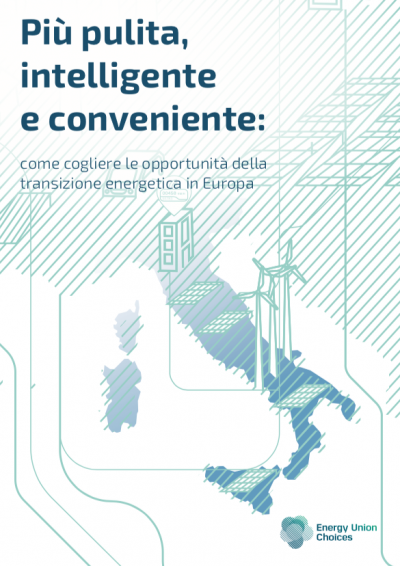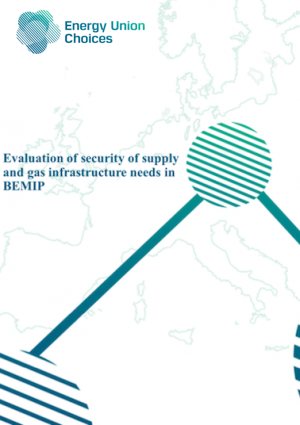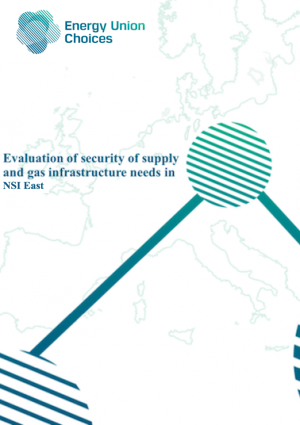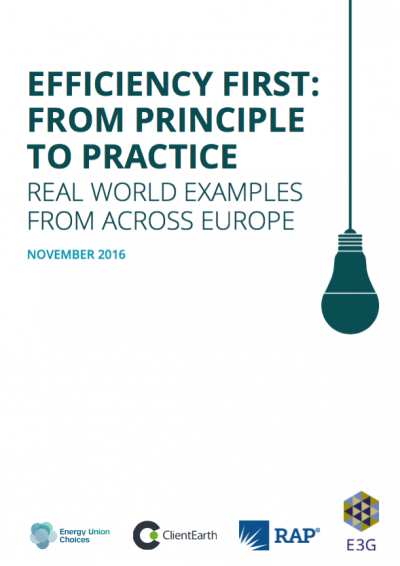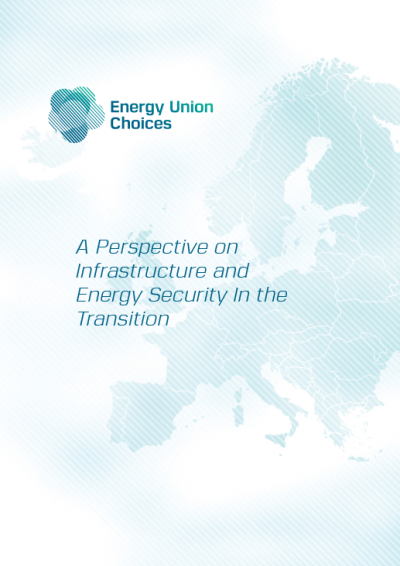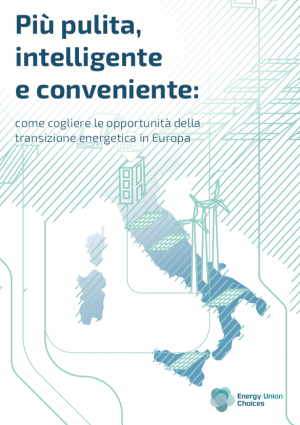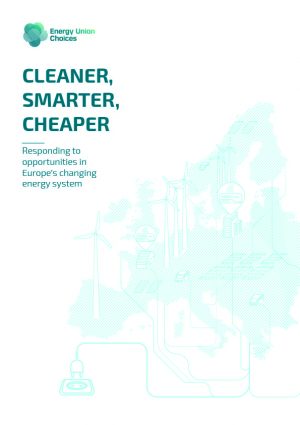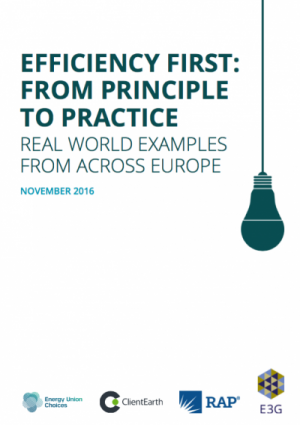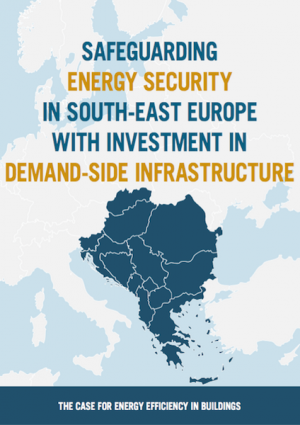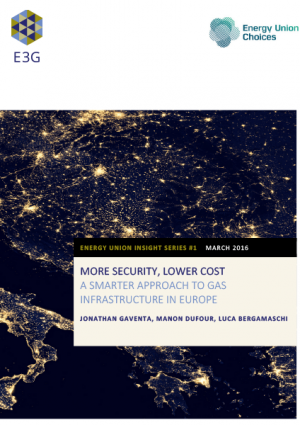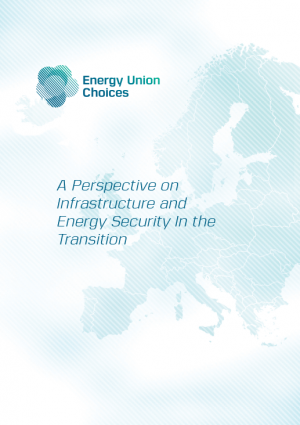

Introducing Cleaner, Smarter, Cheaper: Responding to opportunities in Europe’s changing energy system
21 November 2017
A new study by the Energy Union Choices group, based on analysis by Artelys, updates the outlook for Europe’s power sector transition by 2030. The report demonstrates that the reductions in technology costs over the last past few years, coupled with the smart retirement of inflexible baseload generation and smart electrification of the buildings and transport sector, pose an opportunity for a greater uptake of renewable electricity, up to 61% by 2030, at a lower overall cost.
Find Out More
Our Reports
